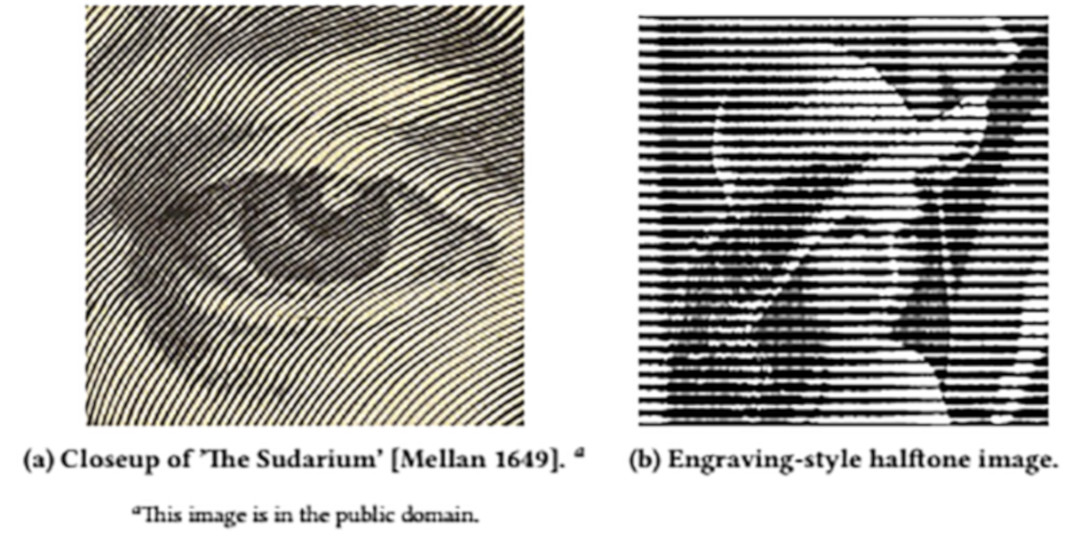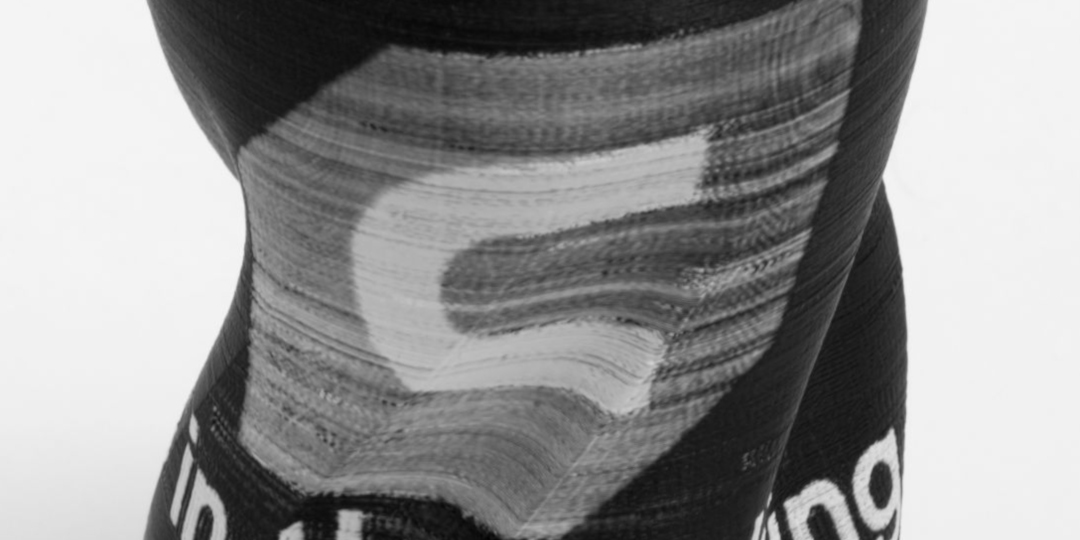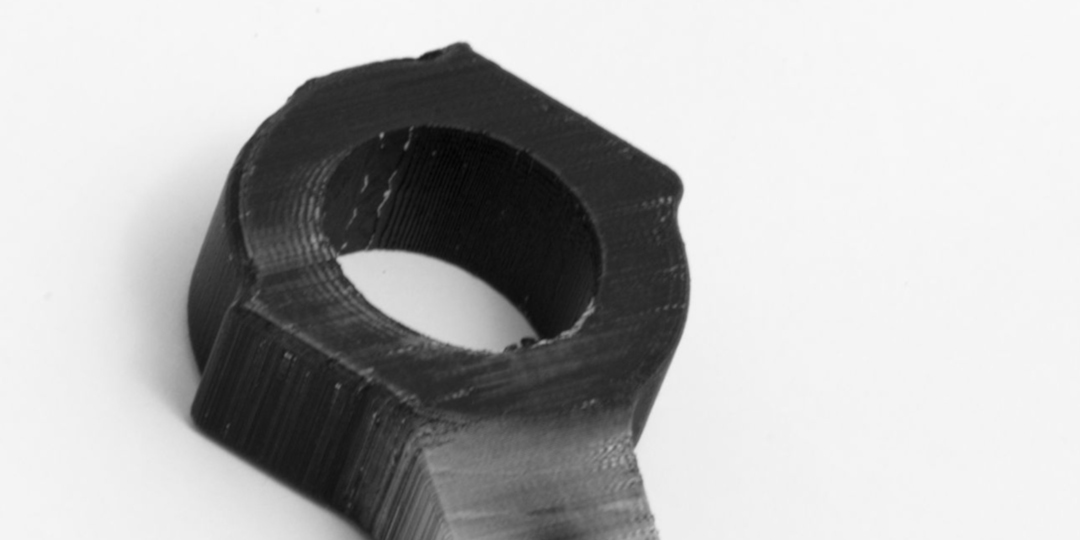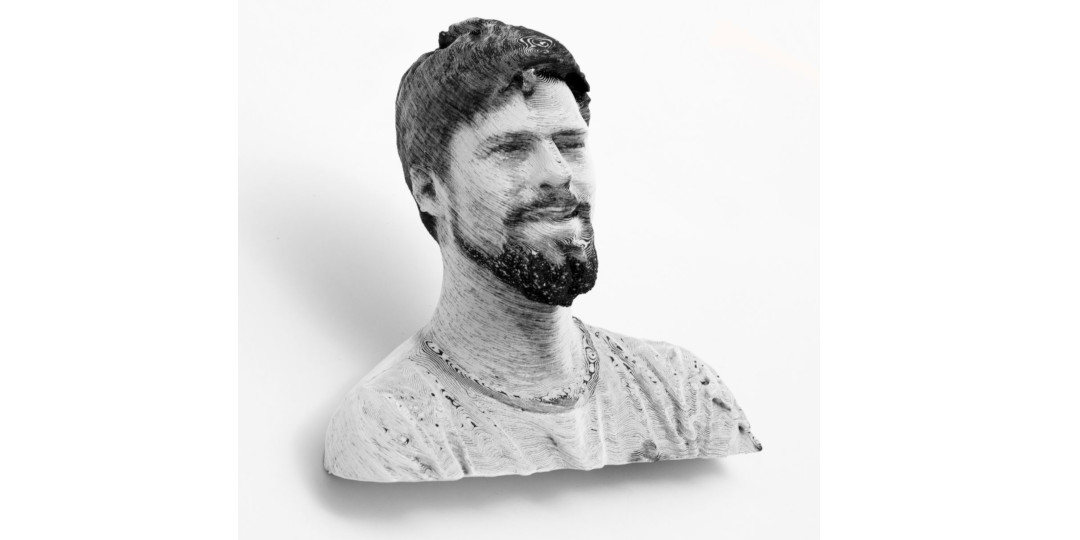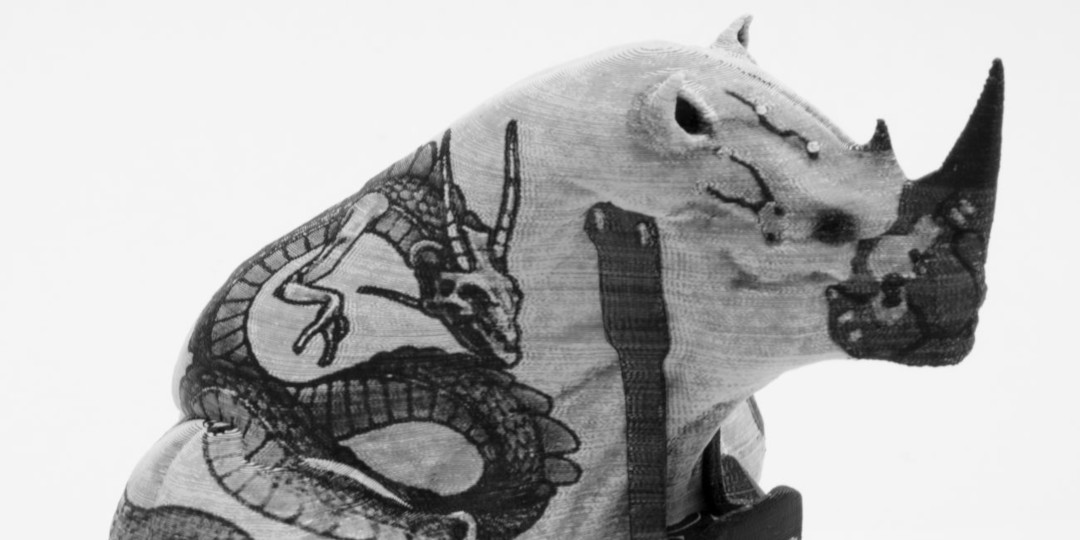Desktop 3D printing has given birth to a rapidly growing industry, but until recently 3D printed items have been limited to monochrome. At Ultimaker, we strive to push the boundaries of desktop 3D printing applications: in collaboration with the Delft University of Technology, one of our engineers has developed a technique to achieve grayscale printing using an Ultimaker 3. Using this method enables a user to print an object with varying tones using two colors.
Linear halftoning
Tim Kuipers has made use of a technique called linear halftoning to produce 3D objects with the appearance of full grayscale imagery. The principle of halftoning is not a new concept—in fact, it dates back as far as the 17th century. The effect is demonstrated below:
Mellan's "The Sudarium" is hand drawn using a hatching technique.
In his co-authored research paper, Kuipers explains that linear halftoning “creates the perception of continuous tones by printing small patterns of discrete colors."
Following the principle of hatching, linear halftoning is used to create both black and white lines with varying thickness, which gives the viewer the appearance of grayscale imagery, while, in fact, the object consists of simple black and white lines.
Leveraging the dual extrusion capabilities of the Ultimaker 3, Kuipers was able to create the black and white lines that resulted in grayscale objects.
He further explains: "Full layers are printed with either white or with black filament, and at every layer, the printer alternates between printing with black and with white filament. The apparent grayscale tone is achieved by exposing more or less of the black filament compared to the white filament at a given location. Making black more exposed makes the 3D print appear darker at that location, while white makes it lighter."
Applications
This grayscale printing technique has applications in several areas. In prototyping, linear halftoning can be used as a design feature in developing conceptual models, as it is not limited to printing using a discrete set of colors. Alternatively, for manufacturing, it can be used to communicate technical details on the printed object. For instance, it can be used to identify how fragile different areas of a fabricated tool are by showing various intensities of blackness.
As a design feature, grayscale printing can be used to allow for more variation as there is no limitation of printing in two colors only.
Grayscale printing can be used to visualize technical information on a printed object, e.g. which parts are more fragile than others.
There are also more artistic applications: printing an object in grayscale gives it enhanced depth, definition, and realism compared to a monochrome print. Combining 3D scanning with 3D printing allows users to create physical models of scanned people or objects.
A bust of Tim Kuipers, printed in grayscale. The large patches of similar color show the capabilities of the method.
The method is also able to achieve small, high contrast details, which is particularly useful for sculptures and modeling.
Besides precise X/Y calibration, the Ultimaker 3 that was used for the experiments did not require any hardware modifications to achieve these results. The increase in printing time is also moderate—increasing by a maximum of 20% when compared to monochrome printing.
Full-color prints?
In the future, it could be possible to create full-color prints with techniques similar to 3D hatching—if you're using more than two extruders that print cyan, magenta, and yellow alongside black and white filaments.
At Ultimaker, we plan to incorporate a halftoning feature directly into Cura so that users can input pre-colored files and create their own grayscale objects.
Get involved!
You can follow the discussion about this on our forum.
A sample input model is available here.
Learn more about 3D printing applications in engineering:















